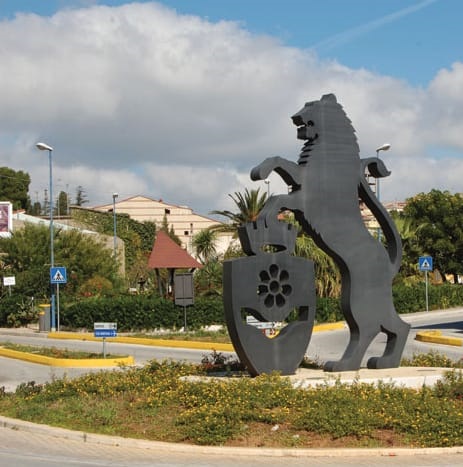For those who like mathematics and the history of technology, it may be a real surprise to find that the first computer to work was actually a Jacquard loom.
In 1801 Joseph Marie Jacquard patented what becameknown as the Jacquard loom, that used perforated cards to control the movements of some parts. Exactly the same as the operation of the binary code, the presence or absence of holes allowed some counterweights to move, changing the position of the wires.
I've always loved mathematics, so meeting with Ilario Tartaglia and his wooden looms has opened a new horizon. I found myself in his workshop in Cartagliano, near Venice, able to use punched cards just like I did in first-year at university in the faculty of engineering.
Nothing had changed in my movements and in the form of cards. Nothing except my certainties about how the history of men may differ by changing their points of view.
If you go on the Wikipedia site and select "history of loom" there are references to the binary code and the Jacquard loom as a predecessor of the computer. But if you select "computer history" there is no mention of the Jacquard loom.
So for years I was convinced that the first computer was created by Babbage in 1833, and the first computer program in 1842, by Ada Byron (daughter of the poet Lord Byron) and Boolean mathematics (binary codes) was founded in 1854 by elementary school teacher George Boole. Finally, I thought that, only in 1889, Herman Hollerith had patented the use of punch cards (founding what would become IBM).
And instead here we are in a spring afternoon, in a small village on the River Brenta, to discuss with a textile engineer (and craftsman of traditional weaving) on the value of Energitismo and on the importance of a future based on traditions and to witness a lesson in applied mathematics.
I think I understand even more the significance of our Energitismo Manifesto on Art and Technology: Today I have been able to experience it. I think it's worth a visit to the cultural center of Ilario Tartaglia, who also has a school for those who want to deepen their art of hand weaving and maybe thrill to understand the history of computing.
And then they say that artisans are not even good at maths!
To know more visit: www.tessituraamano.it









Follow us